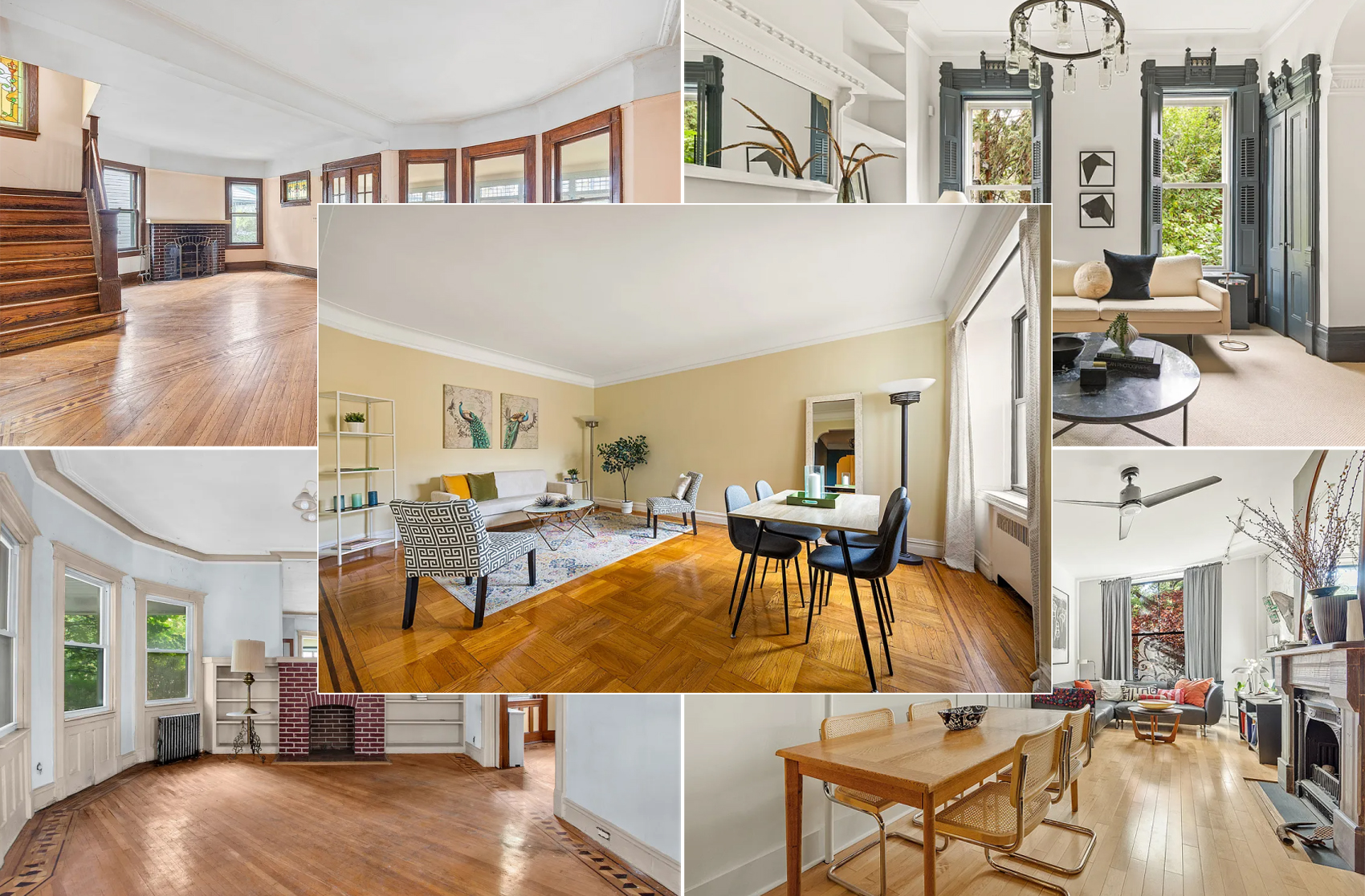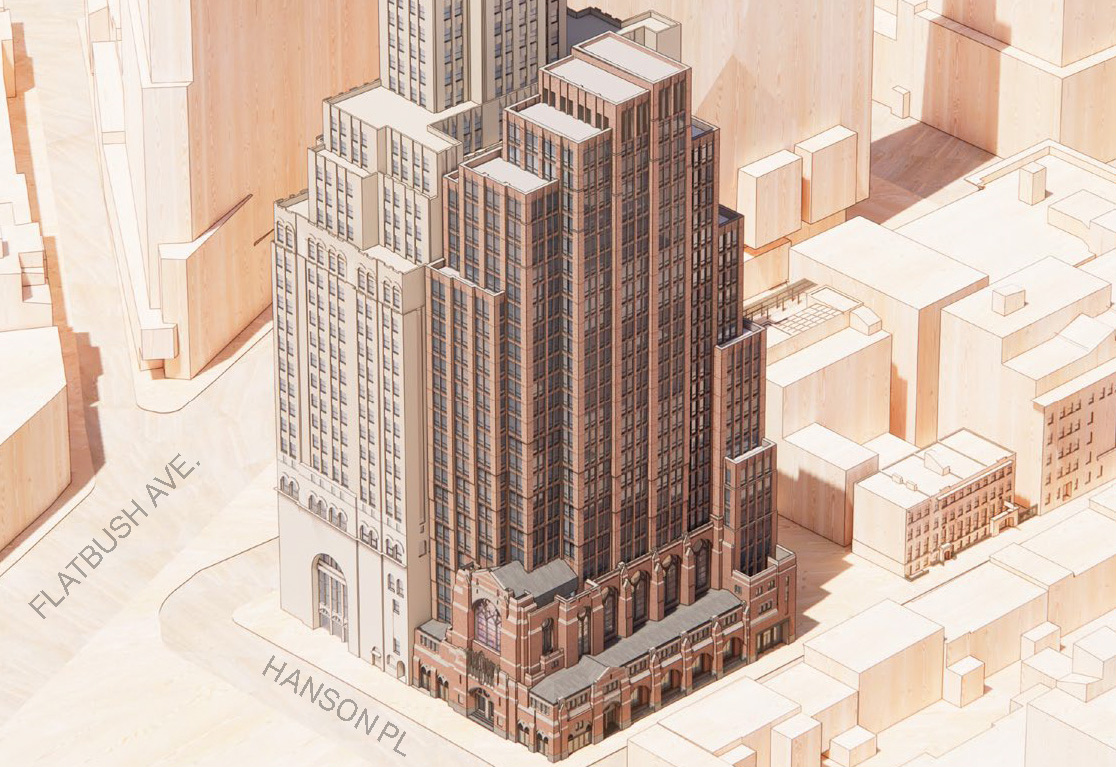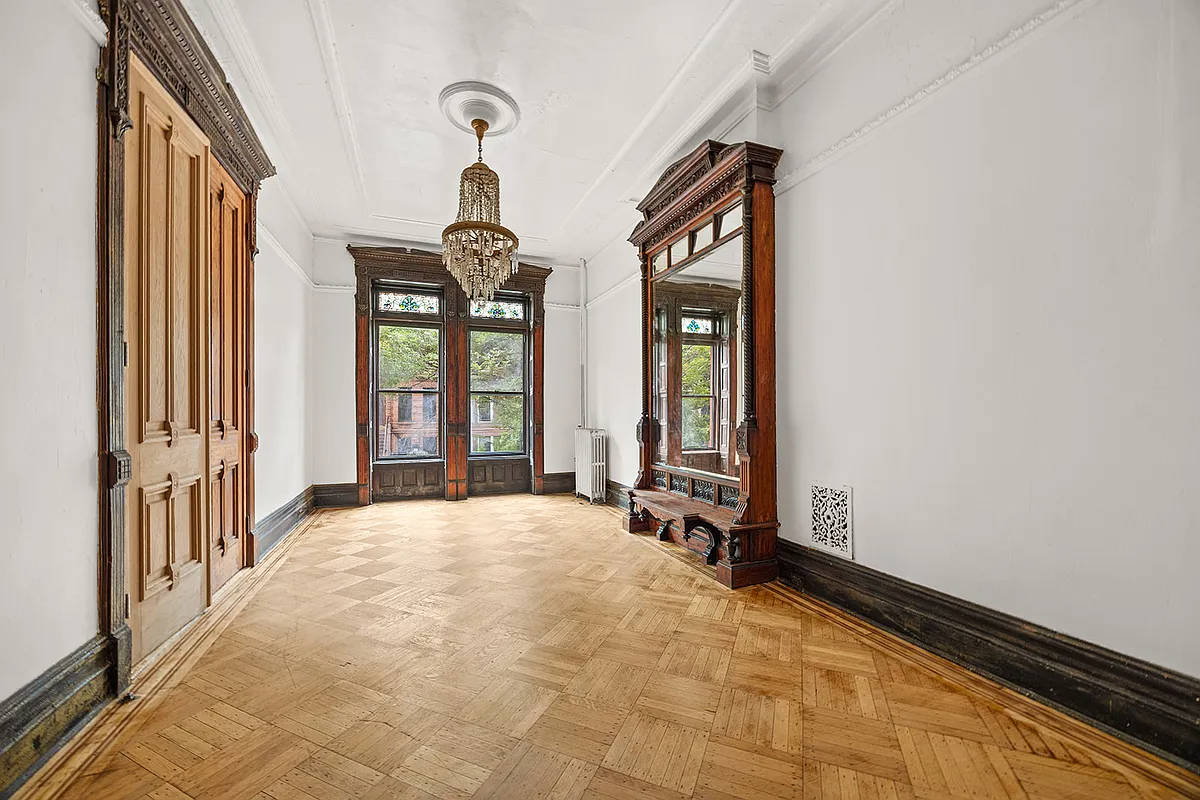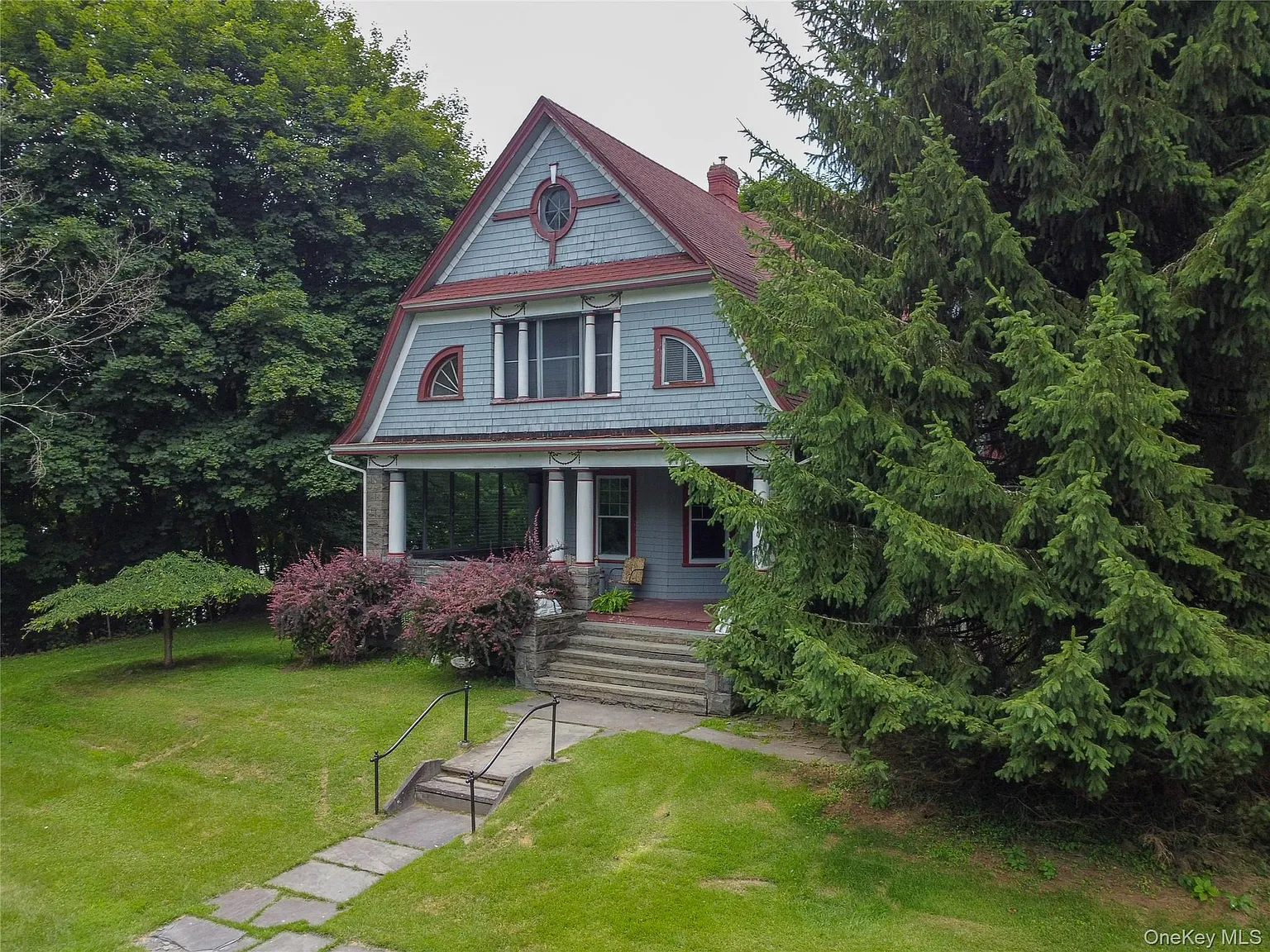Architect's Journal: Park Slope Rec Room
[nggallery id=”41203″ template=galleryview] This is a guest post from Alex De Looz of Mesh Architectures. If you’re an architect and would like to have a project considered for publication on Brownstoner, shoot us an email at brownstoner@brownstoner.com. When a family works, lives and grows at home, space can be tight and it’s true even in…
[nggallery id=”41203″ template=galleryview]
This is a guest post from Alex De Looz of Mesh Architectures. If you’re an architect and would like to have a project considered for publication on Brownstoner, shoot us an email at brownstoner@brownstoner.com.
When a family works, lives and grows at home, space can be tight and it’s true even in a Park Slope brownstone. With their second child on the way, a Brooklyn based creative couple, a painter and a musician, decided to squeeze extra space from their 3 story home. Sacrificing yard space was undesirable and the heavily used basement floor was already dedicated to an open kitchen, living and play area. The only place to explore was the cellar, hard to imagine when faced with a cramped, dark space barely navigable between boxes, old furniture, and a tangle of heating pipes. MESH transformed the low slung, dirt-floor storage area into a bright, open home office and family room, incorporating household storage and accommodating guests.
The owners initially…
…decided to forgo a complete excavation, which can be lengthy and expensive. The MESH team (with structural engineer Michelle Norris) engineered a solution that left the old rubble foundation walls undisturbed, excavating the center of the space and leaving a raised structurally stabilizing perimeter shelf. Cellar renovations often face inconveniently placed plumbing, cables, and equipment, but in this case initial excavation revealed a major challenge in the home’s shallow and uneven foundations. This discovery triggered a change in approach: the existing foundations had to be extended deeper into the earth, known as underpinning, and the cellar fully excavated. For the owners, deciding in favor of a full excavation was both logistically challenging, with the arrival of a newborn, and more expensive, but it offered an opportunity to add volume, bolster foundations and improve the design.
Any brownstone cellar renovation is constrained by the lot configuration and orientation to the street. Spaces are long and narrow. City services like water, gas and electricity enter on the street-side and claim mechanical space, and the structurally important “relieving wall” that divides the upper floors along the length of the stair demands its own supports and footings. In order to create a large usable floor area, MESH replaced the brick piers supporting the relieving wall with slender steel posts and a steel beam that could uniformly support the action of the wall above. We pushed all mechanical apparatus street-side, minimizing pipe runs and ducts and providing a half-bath and laundry room; we opted to heat with an out-of-sight radiant floor and cool with a unique mini-split unit disguised as wall-art. Another major constraint was the existing cellar stair opening. Avoiding costly structural framing, we adapted the tight opening to a new maple stair where integrated LED light-box and translucent resin railings offer a feeling of openness and give the room its signature orange glow, visible from the hall landing above.
Our goal was to turn the cellar into the brightest room in the house: we continued specialized light treatment all along the support beam with a recessed linear fixture. As a result, the beam becomes an active visual element and creates a compositional axis for the ceiling. We painted the posts and beam bright orange to harmonize with the continuous, wall-to-wall natural linoleum floor, emphasizing visual unity and warmth across the room, from wall panels to floor. Special features include a wall unit composed of interlocking, variously sized standard IKEA cabinets which offer ample storage behind an appealing pattern of natural maple and painted panel doors; additional under-stair storage and concealed wet-bar; a magnetic dry-eraser art wall and activity shelf; home office and multi-media lounging area. We also worked closely with the clients to select the appropriate furnishings to complete the space, including large graphic carpets that add focus and are easily cleaned. Finally, as a nod to the old cellar we left rubble stone exposed in the rear coal shoot now accessible by a ship’s ladder, transforming the nook into a sky-lit perch or a day-dreamer’s getaway.





How did the architects make the area dry enough to safely install sheetrock? Rubble foundations are porous by nature even if there isn’t any flooding problem.
“Sweet. Just thought I would mention that I am available for adoption.”
Posted by: DitmasSnark at February 24, 2010 11:51 AM
heehee
Well done.
Have to ask, an approximate cost for doing something structurally, if not aesthetically, similar?
Very nice. Does the ladder in the coal chute actually go to an exit?
I really like the use of this cellar space,
nice, clean lines and lighting.
In particular the backyard hatch treatment
is very smart. I’ve been wondering what
I could do with that same type of opening,
this is a good option.
As far as the color scheme,
It looks like a scene from Coraline,
where’s the small door to the
alternate button-eye-world?
I do like this, I think it is very well done. Leaving a shelf around the perimeter is a good idea. The owner of 329 MacDonough Street should have done that.
Excavations like this are amazing, avery bucket of dirt has to be taken out of the house by hand.
The most important aspect of this sort of thing is the HVAC as these spaces have little or no natural ventilation, a hard wired carbon monoxide alarm is also a must as the old water heater and furnace/boiler was probably tucked into a closet.
gorgeous. two questions: 1. PRICE; and 2.where is your basement junk?
Sweet. Just thought I would mention that I am available for adoption.
Wow! More money went into this cellar than into most houses.
At what point does it pay to just trade in the old house for a new one with an additional floor? Or buy a weekend house?